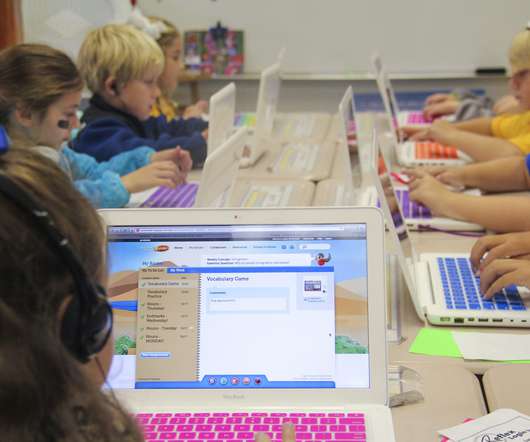Erasing the Look and Feel of Poverty
Digital Promise
FEBRUARY 8, 2016
“Most of what our staff does is show up committed and dedicated — they really take care of these kids and make sure that they’re safe, that they’re healthy, that they’re happy, they’re eating, they have clothes,” says Amy Creeden, an elementary school principal. The initiative is in place at elementary and middle schools in Middletown.














Let's personalize your content